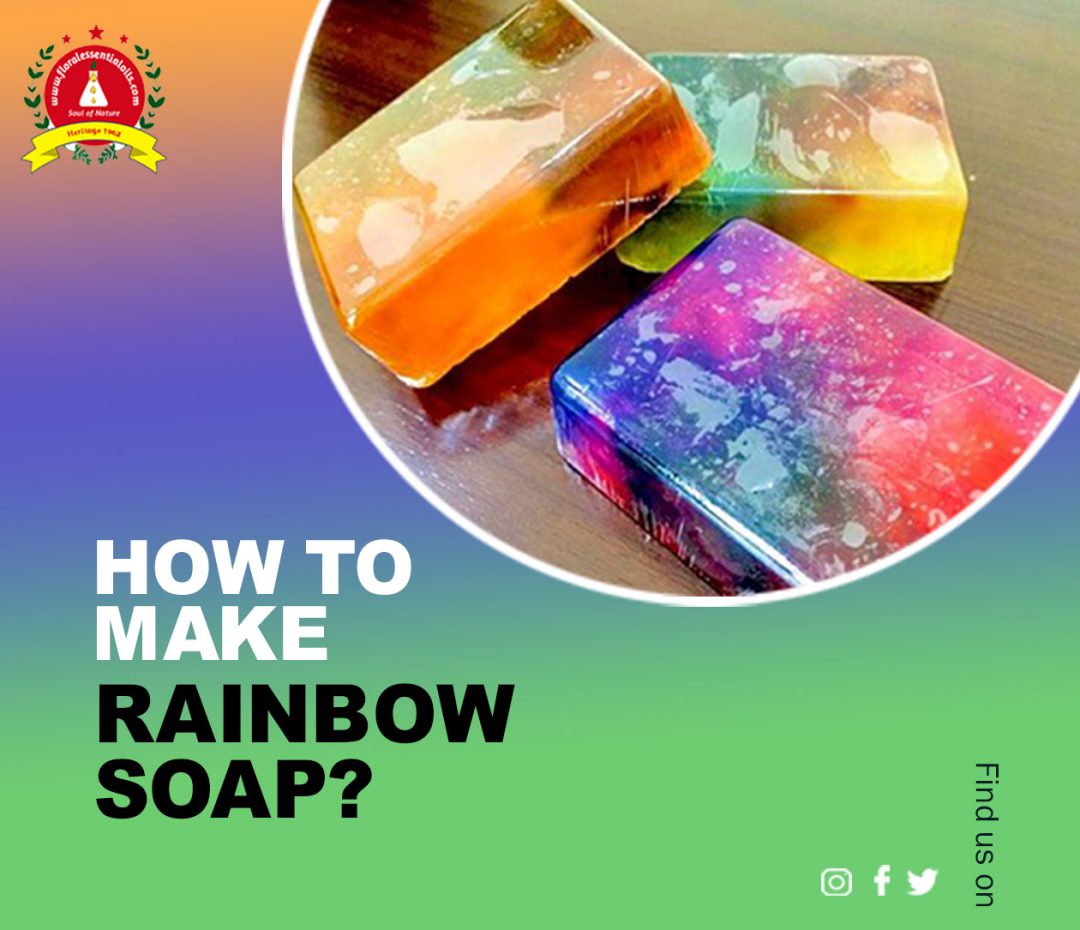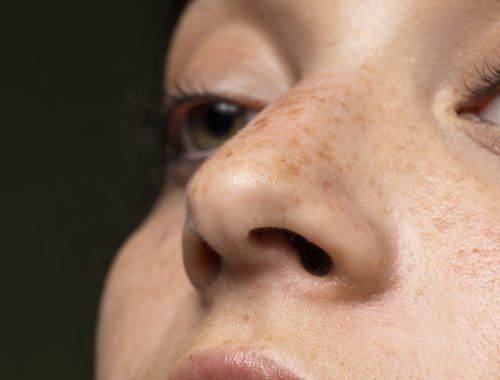Bathing soaps on the market these days are loaded with chemicals and ingredients that are harsh on your skin. These dangerous chemicals are absorbed by your body and can enter your bloodstream, wreaking havoc on your body. We tend to think of them as good soaps because they produce a lot of lather, but this is not the case.
As a result, when it comes to your daily hygiene and skincare routine, it is always best to opt for natural soaps. Don’t worry; you won’t have to spend a fortune on these soaps because we’ll show you an awesome and simple way to make natural soap at home with essential oils.
Why Use Essential Oils in Making Soap?
The addition of essential oils will undoubtedly improve the quality of your handcrafted soaps. Even a small amount of highly concentrated oil will make a big difference in the end result! Some oils, like tea tree oil, can act as natural deodorizers, while others, like peppermint essential oil, can hasten the saponification process. Others are known to have antibacterial properties, which will aid in the cleanliness of your soaps. All essential oils can add a lovely aroma to your soaps. Also, all aforementioned essential oils should be brought from premium Natural Aromatic Chemicals Wholesalers or essential oils manufacturers with an authentic purity certification.
What Colorants To Use While Making Rainbow Soap?
Colors can be added to homemade soap bars in a variety of ways. Micas and color blocks are easy to work with and look great in finished bars. Colorants for skin-safe soap should be at the top of your list. Crayons and food coloring are not recommended because they have not been tested or approved for use in soap. They have a tendency to shift, fade, or bleed.
Let’s make some soap! If you’re new to soapmaking, be sure to get our free How to Make Cold Process Soap guide! Put on your gloves and safety glasses.
Ingredients List
2/3 cup of coconut oil
2/3 cup of virgin olive oil
2/3 cup of almond oil
1/4 cup of lye (Sodium Hydroxide)
3/4 cup of floral water
Colors of Rainbow Soap
Red – Trial by free
Orange -Neon Orange + Pumpkin Head (Mad Micas)
Yellow – Full Throttle + Love & Sunshine
Green: Jade Green + New Neon Green
Electric Blue + New Neon Blue
Purple – Vibrance Purple + New Purple Neon
Recipe
Step 1: Heat Floral Water
First and foremost, adequate safety precautions must be taken. Put on your gloves and cover your work area with newspaper. Pour 3/4 cup floral water into a bowl and set aside to heat. Pour the 1/4 cup lye into the water slowly, stirring constantly with a spoon. Allow the water to clear before proceeding to the next step.
Step 2: Include Essential Oils
In a different bowl, combine all three oils. Microwave the mixture for about a minute. Check the temperature of the oils; they should be around 120°. Lye should have also cooled to around 120° by then. Allow both to cool further – between 95° and 105°. When making soap, temperature is critical. If you cook it too quickly, it will be coarse and crumbly.
Step 3: Combine Essential Oils and Lye
Pour the oils into a mixing bowl once the lye and oils have reached the proper temperature. Slowly pour in the lye and stir for 5 minutes, or until thoroughly combined. It’s critical to get as much lye in contact with the soap as possible. Use an immersion blender after 5 minutes of spoon stirring. The color of the soap mixture will lighten and thicken. If it resembles vanilla pudding, you’re good to go.
Step 4: Add your color and work your way up to a light-medium trace (your first layer). It should be fluid enough to form a flat layer. Fill your mold halfway.
Step 5: Allow this layer to completely set before pouring on the next layer without it penetrating the first.
Step 6: Pour out the base oils and lye solution for the next layer. Mix to trace, then carefully pour over your first layer. Pour onto a spatula to help break up the soap’s force. You don’t want it to get past the first layer.
Pouring the second layer over a spatula ensures that the soap does not penetrate the first layer.
Read more for DIY Cooling Cucumber Soap Recipe
Conclusion
Soap-making at home is an interesting and enjoyable activity. Melt and pour soap making makes it simple. It could be the ideal solution for you if you want to manufacture soap but are intimidated by the processes involved in producing it from scratch. Following These Steps to Make Soap at Home is as easy as the name suggests. Simply melt the pre-made base, add your favorite colors, perfumes, and other additives, and pour the mixture into a mold to set. That’s the only thing there is to it. Try it out for yourself today!






